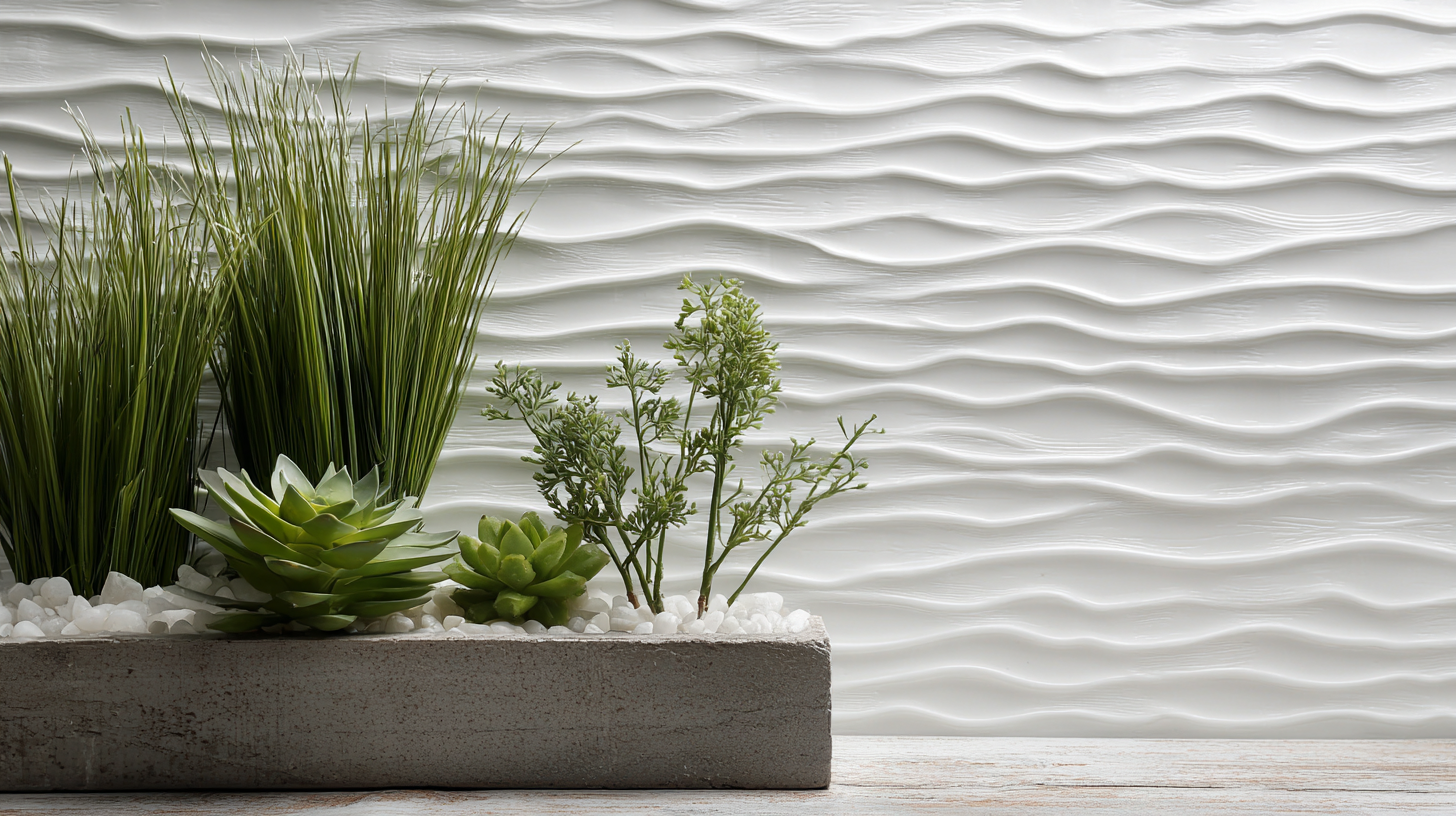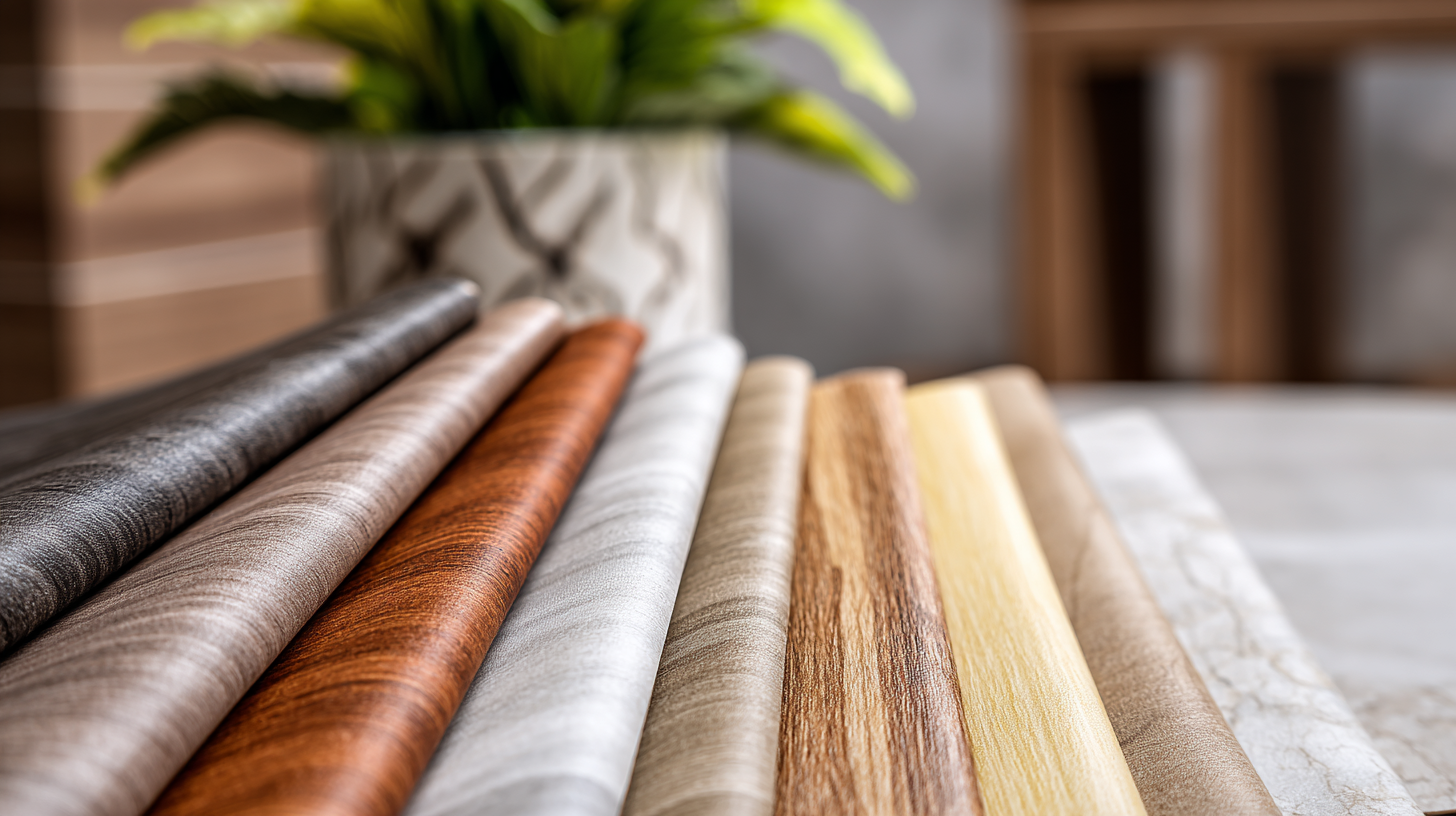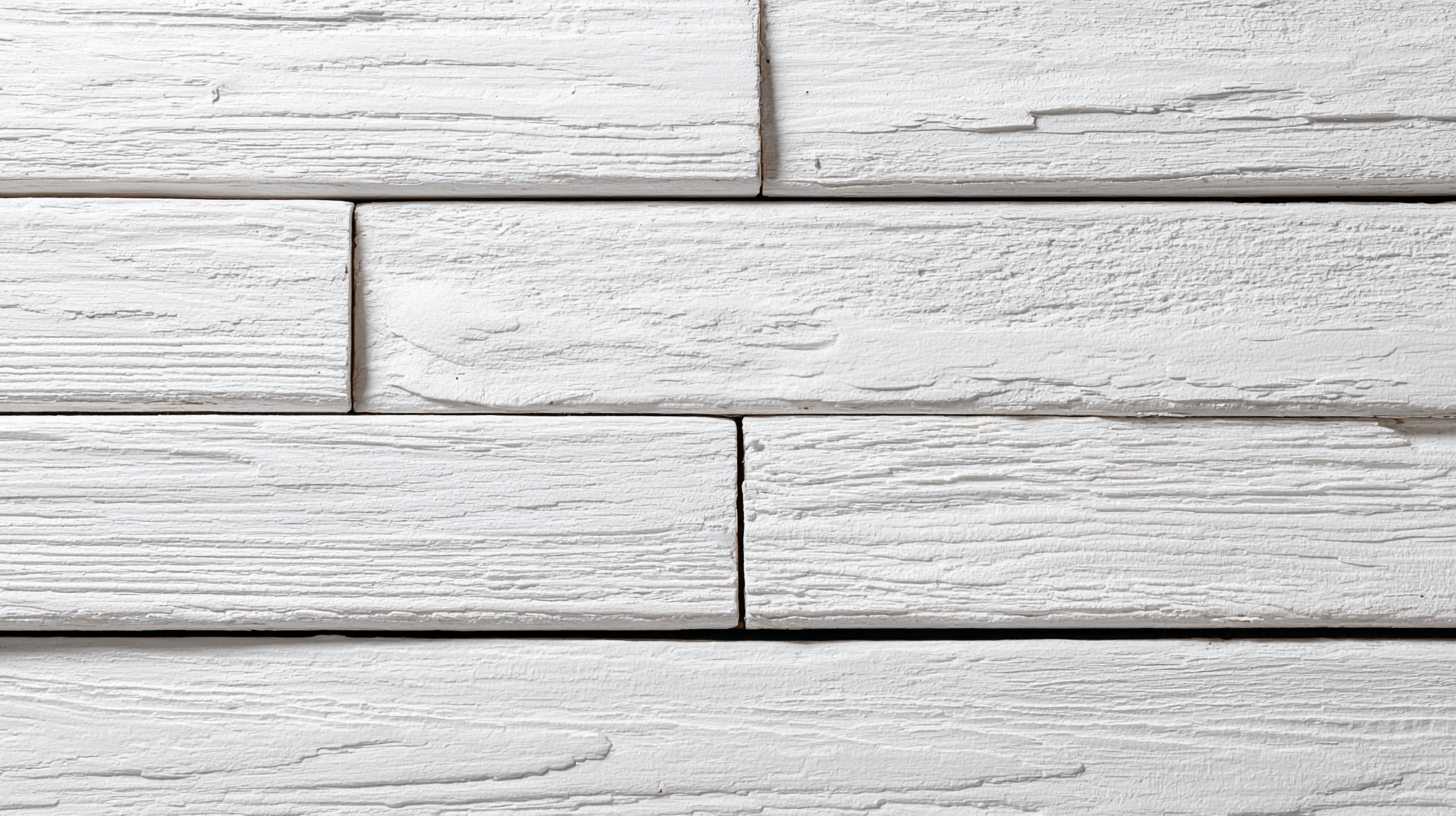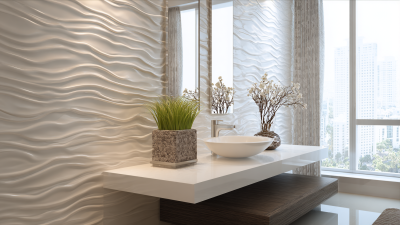Leave Your Message
-
Facebook
-
Whatsapp
-
Whatsapp


When undertaking a home renovation project, selecting the right materials can significantly impact the overall look and functionality of your space. One popular option that stands out is PVC wall cladding, known for its versatility, durability, and aesthetic appeal. This guide aims to help homeowners navigate the various choices available in the realm of PVC wall cladding, ensuring they find the perfect fit for their specific needs. From understanding the benefits of PVC wall cladding to evaluating different styles, finishes, and installation methods, we will explore the essential factors to consider. With the right information at your disposal, you can make an informed decision that enhances both your home’s appearance and value, making your renovation project a resounding success.

When selecting PVC wall cladding for your home renovation, it’s essential to consider the different types available and their suitability for various spaces. For instance, standard PVC panels are versatile and work well in living areas and kitchens due to their durability and ease of maintenance. On the other hand, waterproof PVC cladding is ideal for bathrooms and basements, where moisture levels are a concern. For outdoor applications, choose UV-resistant PVC to withstand harsh weather conditions without fading.
**Tips:** When choosing wall cladding, assess the specific environment of your space. Consider adding insulation properties if you are remodeling a colder area. For high-traffic zones like hallways, opt for thicker panels that can endure wear and tear. Additionally, think about the aesthetic appeal—select colors and textures that complement your existing decor for a cohesive look.
Another popular choice is textured PVC, which adds depth and character to walls. It can create a striking impact in dining areas or feature walls. Always inspect the quality of the panels since high-quality materials will not only last longer but will also provide better insulation and soundproofing. Prioritize your needs to find the perfect PVC wall cladding that aligns with both function and style.

When selecting PVC wall cladding for your home renovation, several key factors should be considered to ensure that you choose the most suitable material for your needs. First, consider the thickness and durability of the panels. According to a report by the Plastic Industry Association, high-quality PVC cladding can last up to 30 years with minimal maintenance, making it a cost-effective option in the long run. Additionally, ensure that the cladding is resistant to moisture and UV damage, especially if it will be used in kitchens or bathrooms.
Tips: Always check for the manufacturer's warranty and certifications, which indicate compliance with industry standards. A product that is certified can give you peace of mind regarding its performance and safety.
Another important factor is the design and aesthetic appeal of the cladding. The PVC market has diversified, offering various textures and colors that can enhance the visual appeal of your home. According to a recent survey by Home Improvement Research Institute, 67% of homeowners reported that the appearance of their wall coverings significantly impacts their home’s overall aesthetic. Choose designs that align with your personal style and the existing décor of your home.
Tips: Take samples home to see how they fit with your lighting and furnishings before making a final decision, ensuring that you achieve the desired look without any surprises.

When selecting PVC wall cladding for your home renovation, the color and finish options play a crucial role in achieving the desired aesthetic. PVC cladding comes in a variety of colors, ranging from bold hues that make a statement to soft neutrals that provide a calming effect. Consider the overall theme of your space—if you want to create a modern look, opt for sleek, glossy finishes in darker colors. For a more traditional or rustic appeal, warmer tones with matte finishes may be more appropriate.
Furthermore, it's essential to think about how these colors and finishes will complement existing elements in your home. For instance, a bright white or light gray cladding can make a small area feel more spacious and airy, while darker shades can add depth and sophistication. Additionally, textured finishes can enhance the visual interest and can mimic the appearance of natural materials like wood or stone. By carefully selecting the right color and finish for your PVC wall cladding, you can transform your renovation project, adding both style and character to your living spaces.
When considering the installation of PVC wall cladding, one of the key decisions homeowners face is whether to take on the project themselves or to hire a professional. According to a report from the National Association of Home Builders, nearly 70% of homeowners opt for professional installation due to the complexity and potential pitfalls of DIY projects. PVC cladding requires precise measurements, proper sealing, and the right tools, making it easy for novices to encounter mistakes that could lead to costly repairs.
For those who choose the DIY route, it's essential to equip yourself with the right knowledge and tools. Start by familiarizing yourself with the installation process through resources such as video tutorials or detailed guides. Additionally, investing in high-quality adhesive and seals can make a significant difference in the durability of your installation. Remember, careful preparation can greatly reduce installation time and improve the final look.
Conversely, hiring professionals ensures that the cladding is installed correctly and efficiently. Experts have the experience to manage unexpected challenges, such as wall irregularities, which are common in older homes. While this option may be pricier—often ranging from $3 to $5 per square foot for labor—it can also save time and provide peace of mind, knowing the work will be done to industry standards. Ultimately, weighing the pros and cons of each method will help you make the best choice for your renovation needs.
Maintaining PVC wall cladding is crucial to ensuring its longevity and appearance in your home. According to industry reports, properly maintained PVC cladding can last over 25 years, making it an excellent investment for home renovations. Regular cleaning is key; it is recommended to use a soft cloth and mild detergent to wipe down the surfaces at least once a season. This prevents buildup of dirt and grime that can mar the finish and compromise the material over time.
In addition to routine cleaning, proper ventilation in areas where moisture is prevalent—such as kitchens and bathrooms—can help reduce the risk of mold and mildew, which can damage PVC surfaces. Experts suggest that ensuring adequate airflow can decrease condensation levels, ultimately extending the life of your cladding. Furthermore, it's advisable to inspect joints and seams regularly, as these are more susceptible to wear. By taking these steps, homeowners can keep their PVC wall cladding in top condition, reaping the benefits of its durability and ease of maintenance.






